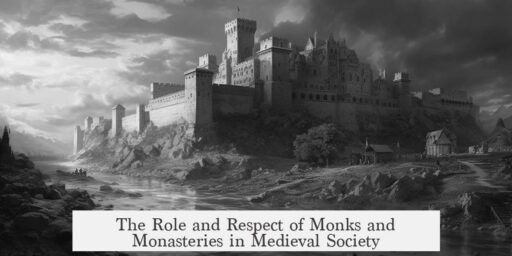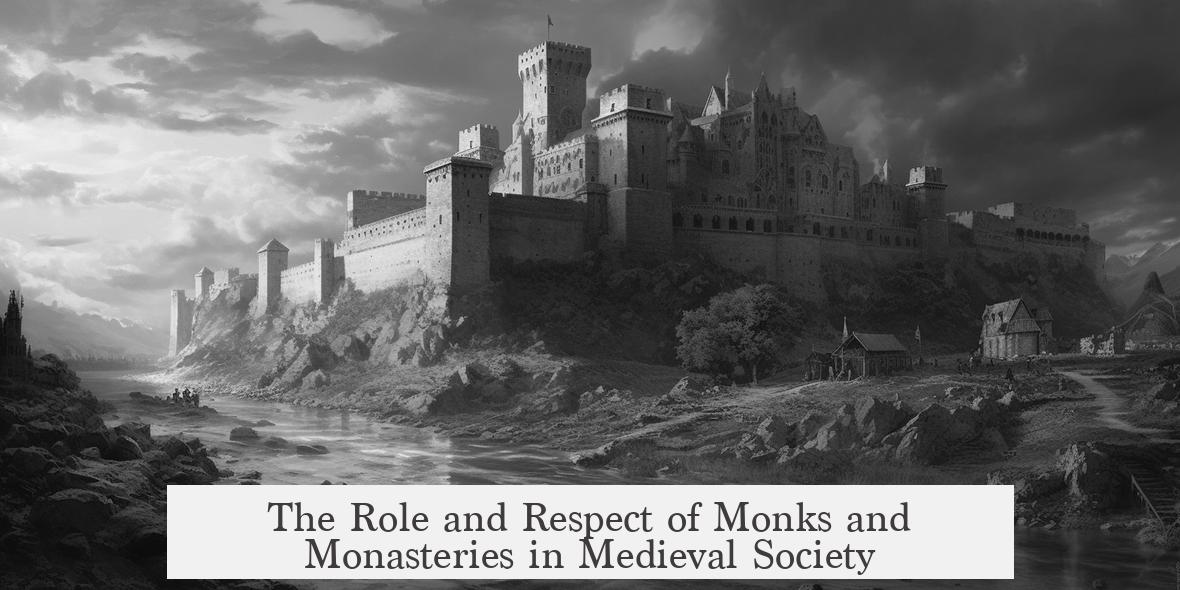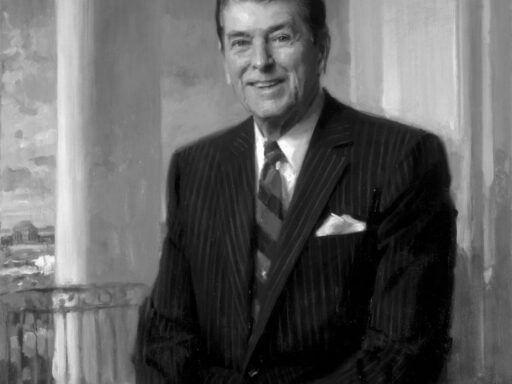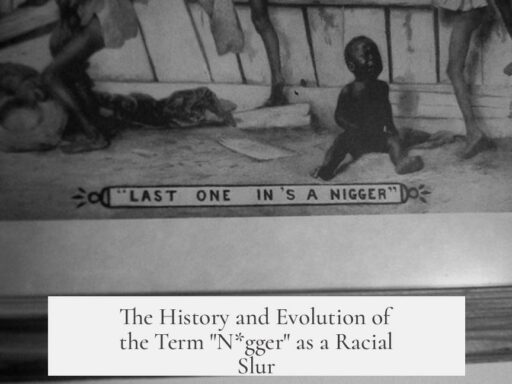Monks and monasteries played a pivotal role in medieval society and were highly respected during much of the Middle Ages. They served as spiritual centers, economic powerhouses, and social hubs. Their importance evolved over time but remained substantial both in religious and secular realms.
Monks focused on prayer and spiritual warfare, seen as soldiers of Christ. They renounced wealth and personal ties to dedicate themselves to constant prayer for the salvation of humanity. This spiritual dedication earned them deep respect from contemporary society. People sought prayers from monks and wished burial in monastery grounds, reflecting trust and reverence.
In the Early Middle Ages, monasteries also held significant social and economic roles. Many amassed great wealth and influenced local politics. Examples include San Vincenzo al Volturno in Italy and Clonmacnoise in Ireland, where monasteries grew into proto-urban centers. These abbeys were often local power bases, controlling land and resources, and acting as patrons for the community.
The secular control of monasteries by nobles and kings was common. Lay abbots and advocates, often powerful aristocrats, managed many monasteries. These figures sometimes appointed relatives as abbots, turning monasteries into family power centers. This blurred the line between spiritual and political authority and raised concerns within the Church.
In response, the 10th-11th centuries saw the Monastic Reform Movement, which sought independence from lay control. Reformers argued that abbots should be elected by monks, and that monastic property belonged to the monastery’s patron saint, not secular rulers. Cluny Abbey in France was a notable reform center, promoting stricter spiritual discipline and ecclesiastical autonomy.
This reform movement laid the foundation for the broader Gregorian Reforms, which aimed to purify the Church. Many reform leaders were monks, modeling monastic discipline as an ideal for clergy and society. The monk came to symbolize devotion, purity, and independence from worldly influence. It sparked a renaissance in monasticism, with new foundations and revitalized older houses.
The 12th century marked the golden age of monasticism. Monasteries such as Cluny housed hundreds of monks and thousands of staff. Wealth poured in from all social classes, supporting large-scale church construction and land improvements. The Cistercians notably encouraged lay brothers (*conversi*), including peasants, to join and work the land, expanding monastic influence to all social strata.
- Monasteries became centers of economic production, turning uncultivated lands into productive farms.
- They acted as patrons to local families, distributing aid and influence within communities.
Despite this flourishing period, respect for monasticism declined in the later Middle Ages. Urban laity sought more personal and poverty-focused religious practices, embracing mendicant orders and new devotional movements that contrasted with the perceived wealth and privilege of some monasteries. However, respect for monks never disappeared entirely.
Monasticism’s central role in medieval spiritual and social life shaped Western Christianity deeply. It set patterns for religious devotion, Church organization, and social charity that echo today.
| Aspect | Details |
|---|---|
| Spiritual Role | Monks devoted to prayer, seen as spiritual warriors; intercessors for souls of the faithful. |
| Social & Economic Role | Monasteries amassed wealth, influenced politics, served as local economic hubs, and provided patronage. |
| Control & Reform | Initially under lay control; reformed to gain autonomy and uphold spiritual discipline. |
| Golden Age | 12th-century expansion; large monastic communities; inclusion of commoners; intensive land development. |
| Decline & Legacy | Later dissatisfaction with monastic wealth; rise of new religious movements; enduring spiritual influence. |
Key takeaways:
- Monks and monasteries were highly respected and central to medieval spirituality and society.
- They served as prayer centers, economic powers, and social patrons.
- Monastic reform reduced secular control and enhanced spiritual autonomy.
- The 12th century marked a peak in monastic influence and wealth.
- Respect waned in the late Middle Ages but monastic ideals continued to shape Western Christianity.
What Was the Role of Monks and Monasteries in Medieval Times? Were They Respected?
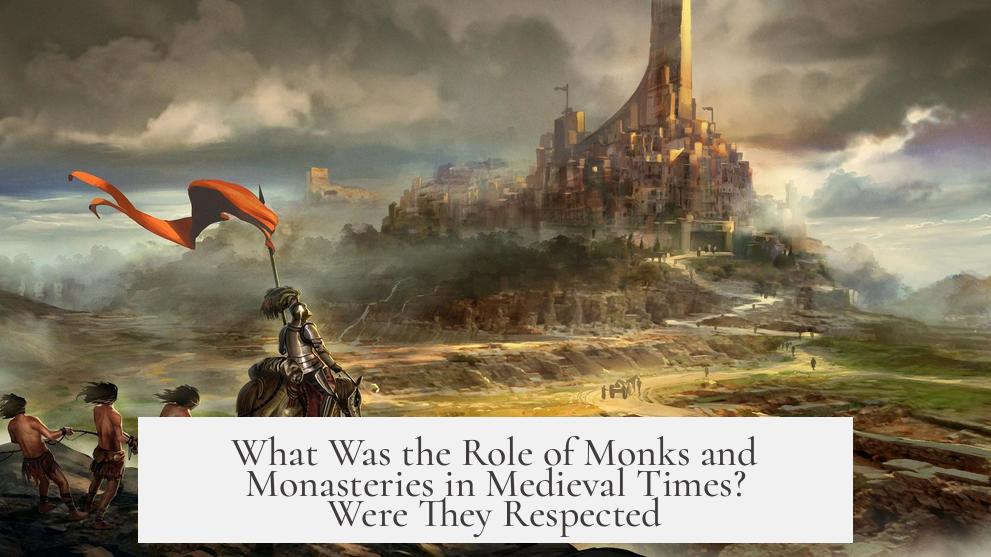
Yes, monks and monasteries were deeply respected during medieval times, and their role was central to society’s fabric. In fact, monasticism arguably became one of the defining features of the Middle Ages, weaving itself into spiritual, social, economic, and political life. But how exactly did these bearded, robed fellows impact their world? And just how much admiration did they command? Buckle up; we’re taking a fascinating medieval ride through cloisters, prayer halls, and farmlands.
The Heartbeat of Medieval Society
Monks weren’t just isolated pray-ers living in solemn silence. They were the spiritual front line in medieval minds, waging an eternal battle between heaven and hell. Seen as milites Christi—soldiers of Christ—they renounced wealth, social connections, and legal personhood to pray for everyone’s souls. The very idea was that while kings and knights fought earthly battles, monks fought a cosmic one for salvation itself.
This gave them an unmatched status. People sought association with monasteries. They donated lands, wealth, and even wished to be buried within monastery grounds. Kings and nobles didn’t just ask monks to pray for them—they consulted abbots for counsel on matters of governance and diplomacy. Monks’ prayers were social currency, a spiritual insurance policy.
The Social and Economic Engines During the Early Middle Ages
Monasteries were far from mere sanctuaries. Even in the Early Middle Ages, they served as hubs of social life and economic power—think of them as the medieval version of a community center mixed with a bank and a think tank. Places like San Vincenzo al Volturno (Italy), Redon (Brittany), and St Gall (Swabia) amassed vast treasures and land.
Some Irish monasteries, such as Clonmacnoise or Glendalough, became proto-urban centers, large and influential enough to impact local politics. Monasteries weren’t just invisibly pious—they shaped real-world power structures, wielding considerable influence by managing land, agriculture, and local economies.
Monasteries and Power: The Tug of War with Secular Lords
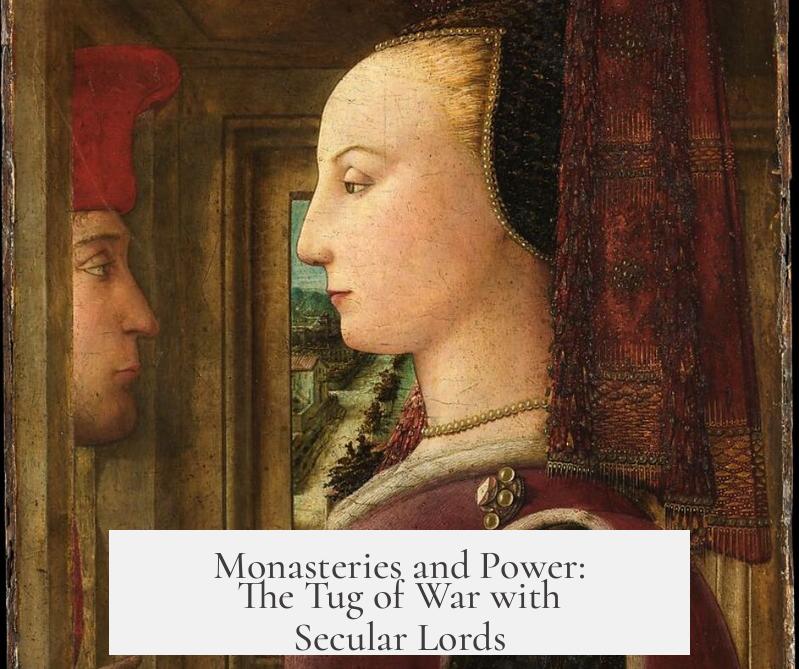
Monastic life ideally excluded worldly interference, but reality clashed. Powerful bishops, nobles, and kings often controlled monasteries. Sometimes, abbots came from aristocratic families as a way to hold land and power discreetly.
By the 10th century, many monasteries fell under lay control. Lay abbots or advocates—secular officials—handled temporal matters while monks focused on prayer. Take the Robertian family, future kings of France: they built much of their power by controlling abbeys. It was a political chess game with holy pieces.
Monastic Reform: Reclaiming Spiritual Purity and Autonomy
But the plot thickens! By the later 10th century, waves of monastic reform called out for independence from secular and episcopal control. They insisted that abbots be elected by monks, not installed by nobles, and that monastic property must remain sacred, untouched by lay hands.
Starting at reform centers like Cluny (France), Gorze (Germany), and Ely (England), these ideas expanded. They sparked the broader Papal Reform Movement, also known as Gregorian Reform, which profoundly shaped the church’s structure and power dynamics.
Monks as Spiritual Icons and Intellectual Giants
The reform also held up monks as spiritual ideals. They were the model clergy: celibate, dedicated, and removed from worldly corruption. Notably, many intellectual leaders of reform were themselves monks.
Monks spent hours composing history, theology, and hagiography, actively promoting the vision of monastic life as society’s spiritual core. People generally bought into this glowing ideal. This reinforced respect toward monasticism and deepened their influence across Europe.
The Golden Age: When Monasteries Became Mini-Cities
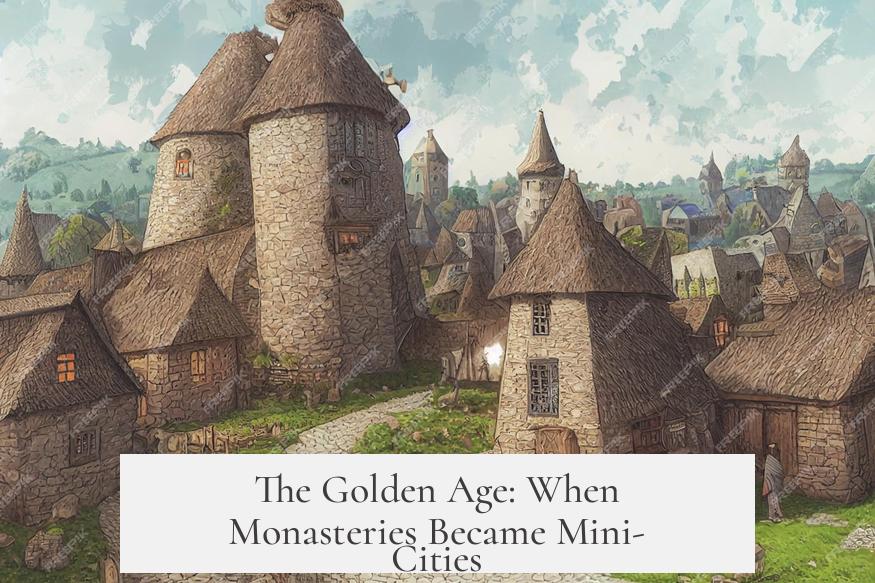
The 11th and 12th centuries marked the golden age of Western monasticism. New monasteries popped up everywhere, and old ones revived with renewed vigor. Monastic landholdings swelled, thanks to donations from not just nobles but peasants and farmers eager for spiritual favor.
At its peak, the Cluny Abbey housed around 300 monks and thousands of support staff. Monastic orders like the Cistercians shook things up by encouraging the admission of conversi (lay brothers)—ordinary folks who worked monastery lands rather than spending all their days praying.
Economically, monasteries were powerhouses. They invested heavily in building churches and productive land development. They pioneered agricultural innovations: draining swamps, expanding arable land, and producing marketable goods. Their estates were some of the most efficiently managed in medieval Europe.
The Local Social Pillars
Monasteries remained crucial local patrons, offering aid and support to the nearby community. More than landowners, they provided social services—care for the sick, hospitality to travelers, and education. Families close to the monastery sometimes enjoyed preferential treatment, making monasteries centers not just of spirituality but also social networking and influence.
Changing Times: Waning Respect in the Late Middle Ages
Yet, by the later Middle Ages, respect for monasticism dimmed somewhat. People grew disillusioned with the more lavish or “pampered” monks. The rise of urban classes brought new religious expressions emphasizing poverty and personal devotion over institutional wealth.
Mendicant orders like the Franciscans, stressing apostolic poverty, gained appeal both within orthodox circles and beyond. Other movements critiqued the monastic establishment for its perceived complacency or corruption.
Still, respect never entirely disappeared. The golden age’s ideas influenced Western Christianity long after. The legacy of medieval monks and monasteries shapes religious consciousness to this day.
What Can Modern Readers Learn From Monks and Monasteries?
- Monastic dedication: Imagine devoting yourself fully to a higher cause. Their focus on prayer and discipline cultivated inner strength that attracted respect.
- Economic innovation: Monasteries were medieval startups. They managed resources skillfully and boosted local economies.
- Community support: Beyond prayer, monks cared for people’s health, education, and social needs.
- Political savvy: Monasteries were deeply embedded in power networks; understanding their role reveals much about medieval governance.
So, next time you picture monks as silent cloistered types, remember: they were warriors in spirit, savvy land managers, community pillars, and sometimes local kingmakers—all while wearing simple robes and chanting in Latin.
“Monasticism and its central role in society was one of the defining features of the Middle Ages.” This truth shows how monks shaped not only faith but everyday life.
Would you have preferred to live as a monk or a noble in the Middle Ages? Could modern society learn from the monastic balance of spiritual devotion and practical stewardship? These questions invite us to reflect on devotion, respect, and service across the ages.
